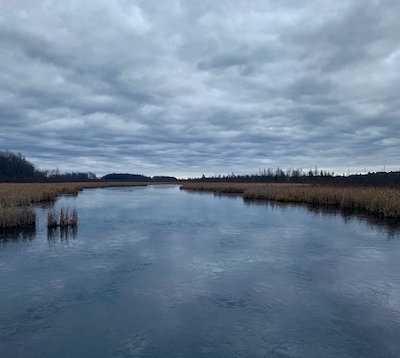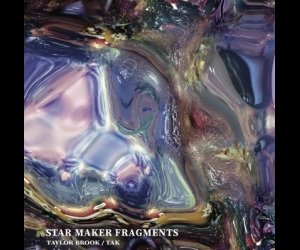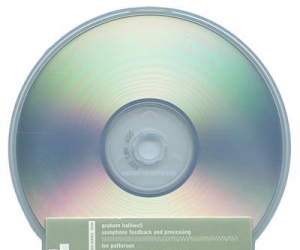
Adapting and altering the parameters of an instrument first created in the fifteenth century, Montreal’s Pierre-Yves Martel creates a brief (under twenty-five-minute) sound picture of Mer Bleue, a sphagnum bog near Gloucester, Ontario where he often hikes. No watery or moss-like timbres can be detected in the ten selections. However, Martel’s custom-designed instrument, with bass string extensions, unique tuning, a screw-in capo, and added nut grooves, augments his range so that he can play two strings with one finger and take advantage of sympathetic resonance.
The selections are for the most part hushed and placid, as a protected area should be. Yet the instrument’s additions allow Martel to vary drones, plucks, and sweeps at various pitches and tempos to produce arco and pizzicato tones simultaneously, or create both an ostinato and a lead line. This is brought out dramatically on Accretion, where scordatura tuning and cross-stringing allow him to harmonize a widely spaced Arcadian development with pressurized strokes and stops. Some interludes suggest Baroque refinement with lute-like strums. Meanwhile, new configurations and uncommon techniques on other sequences, such as Only a Part, mean that the multiple strings bowed produce either jagged, metallic-like notes or contrasting pointillist affiliations while advancing linearly.
At points suffused with nostalgic memories as well as unexpected discoveries, Martel’s creation manages to describe the timeless attraction of a boreal wetland while shaping a Renaissance instrument’s textures to the twenty-first century.


